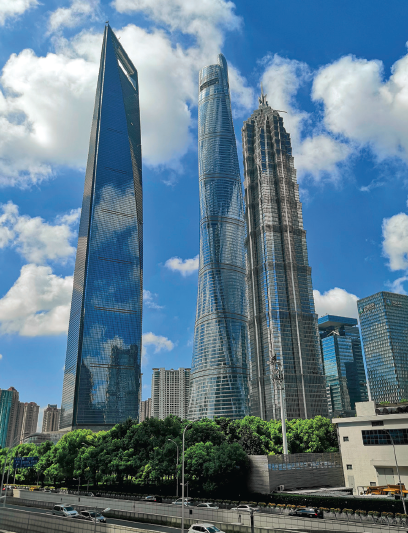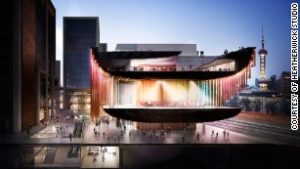Crash
Worldwide shopping malls are struggling as a result of the booming e-commerce industry. Some malls have even become ghost malls. Just a good decade ago malls were the modern human’s natural habitat where one went to shop, dine, to see and be seen. Retail rentals were high and shopping malls were the darlings of large-scale real estate investors, such as private equity funds like Blackstone and co.
Adaption
While online shopping services such as Amazon, Taupo, eBay and so on were available for over 20 years and mostly offered significantly lower pricing, it seemed that, for a majority of people, going to physical stores remained the preferred way for most product categories. Early exceptions to this were items such as books, car spare parts and other specialized categories. Only about 10 years ago did e-commerce start to gain momentum among a large portion of consumers and suddenly impact physical retail considerably. This led to shopping malls adjusting their tenant mixes from 80% classical retail (fashion, cosmetics, shoes…) and 20% food and beverage (F&B) to a new mix of around 50% F&B, 40% classical retail and 10% ‘experience retail’, like dance studios, etc.
Worse Crash
In 2019, while F&B and experience-related retail did well in many malls, classical retail was in an overall decline mainly because of the cannibalization led by e-commerce. Attempts by brands to implement omni-channel approaches, where physical stores marketed themselves as show rooms for customers to purchase more confidently online, didn’t seem to fully gain traction. Covid-19 came as a shock and near-death experience for malls and their tenants of all types.
Disruption
The newly emerged trend of life-streaming where individuals showcase all aspects of their lives on streaming platforms has once again gained mass-popularity in China faster than in most other countries. The trend was quickly followed by commercialized life-streaming where influencers (called KOLs in China – key opinion leaders) as well as popular individuals on different platforms promoted various products for sale. Often these products belong to the classical retail category, including apparel, gadgets, cosmetics, fitness and lifestyle products.
Innovation
With the help of this new technology, life-streaming from malls has become the latest trend. Eying on opportunities to expand their businesses and promote popularity, shopping malls and their tenants are jumping on this trend by not only sponsoring KOLs to promote products in their life-streams – which were usually filmed at home or in public – but also by inviting KOLs to broadcast their life-streams inside their shopping malls and brand stores.
As such, these KOLs create visibility for not only a few select products of the brand but all the other products while making the brand’s logo and physical store as the background. Fans of the streamer may also appear at the mall to see their favorite streamers in real life, whilst enjoying the excitement of being present at a real-time life-streaming. By turning their physical stores into a more attractive destination for shopping, shopping malls are strategically tackling with dropping rents and at the
same time providing a platform for e-commerce, which are nowadays largely supported by an increasing number of KOLs.
Take the New World Daimaru Mall for instance; from April to June 2020, it has hosted 42 life-streamers in their mall in cooperation with brands including L’Occitane, Fresh, Kiehl’s, Sulwhasoo, high-end skincare brand Lamer, and entry-luxury Tory Burch. Other shopping malls such as Yintai and Sogo have also joined the trend and invited brand CEOs, pop stars and other social celebrities in various life-streaming events for additional guest experiences.





